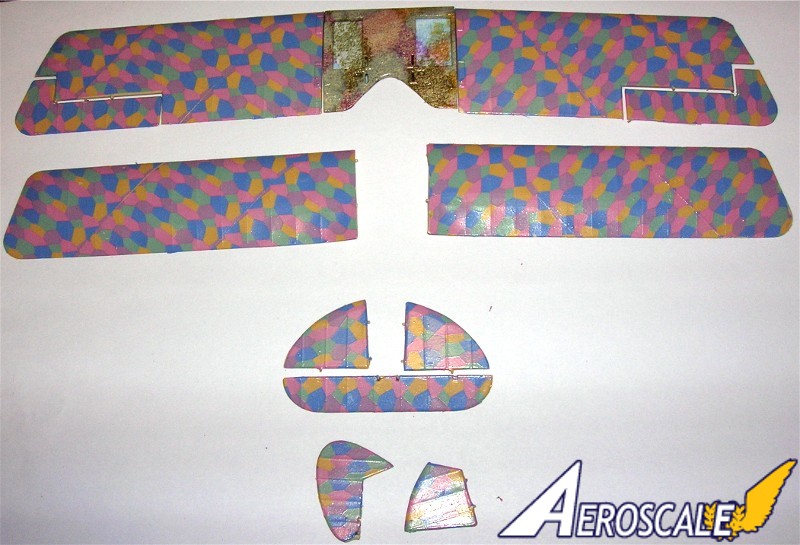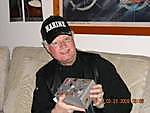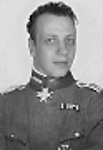As is usual in my builds I like to provide some historical background and I am a little behind in doing so with this thread so lets get on with it.
"Their success in the CAS (close air support) and "contact-patrol" roles led to the Schustas being re-designated as "Schlachtstaffeln" (literally Battle Squadrons) who now specialised in CAS operations while the more reconnaissance intensive "contact-patrols" were taken over by the Flieger Abteilung (Infantrie) squadrons who specialised in very low altitude infantry co-operation, communication and reconnaissance.
Schlastas operated a mix of un-armoured but highly manoeuvrable two-seat fighters such as the Halberstadt CL.II and the Hannover CL.III & IIIa aircraft as well as later armored types such as the Albatros J.I and the AEG J.I.
The Fl. Abt. (Inf.) units would, however, usually operate only the armoured aircraft types including the very successful Junkers J.I.
A Schlastas operated according to a strict set of orders that required it to stick to a pre-determined "sphere of action". The intention of this rule was to prevent the effectiveness of the Schlastas from being diluted by secondary tasks. Schlastas were attached to field armies, corps and even individual divisions to ensure the closest possible co-operation with ground forces. When attacking, Schlastas would try to stay in close contact with ground forces, although this was difficult since aircraft were not universally equipped with radio at the time. Communication was often accomplished by message drops by the aircraft and signals laid out in predescribed symbol form by the ground forces in response. Radio communications were used when such equipment was available. A Schlasta usually consisted of 4-6 aircraft which was the maximum number a formation leader could effectively command without voice radio. The ability of a Schlasta leader to exercise control over his flight was important since a concentrated low altitude mass attack, preferably in formation, by multiple squadrons were at the heart of Schlasta tactics. The "spheres of action" assigned to different Schlasta included enemy infantry formations, airfields, artillery positions, unit headquarters, supply columns and even tanks, attacking with machine-gun fire, small fragmenting mortar bombs and hand grenades."
The previous is from:
Sclachtflieger! by Duiven, Rick; Dan-San Abbott (2006). Atglen PA: Schiffer Military History. ISBN 0-7643-2441-1.







































